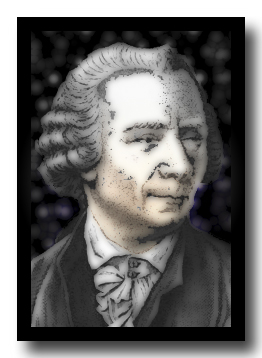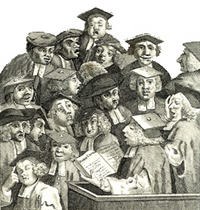Euler's Conjecture
home | courses | topics | theorems | starters | worksheets | timeline | KS3 | KS4 | KS5
Euler's conjecture is closely related to Fermat's Last theorem. Fermat's Last Theorem states that, although there are tripples such as a, b, c for which it is true to say
![]()
there are no numbers x, y, and z for which
![]()
is valid, when n>2.
Euler, in 1769 proposed that there are no sets of numbers such that
![]()
or
![]()
OR, in general terms, there are any sets of n-1 numbers such that the sum of their n-th power would also be an n-th power.
The conjecture was disproved in 1966 by Lander and Parkin who found counterexample for n=5:
![]()
Another counterexample was found by Noam Elkies in 1988:
![]()
Another counterexample was given by Roger Frye who found the smallest possible n=4 solution
![]()
Something for you to do:
First write down Euler's conjecture in algebraic notation.
Try combinations for n>5. No known solutions are found so far!
See more about Euler by cliking on his picture above.
See what the difference is between a conjecture and a theorem.
Fermat's Last Theorem - click on the equation.
artefacts | numerals | concepts | people | places | pythagoreans | egyptians | babylonians
_____________________________________________________________________________________________________________________
Acknowledgements | Copyright | Contact | Mission Statement | Tell a friend about this site

